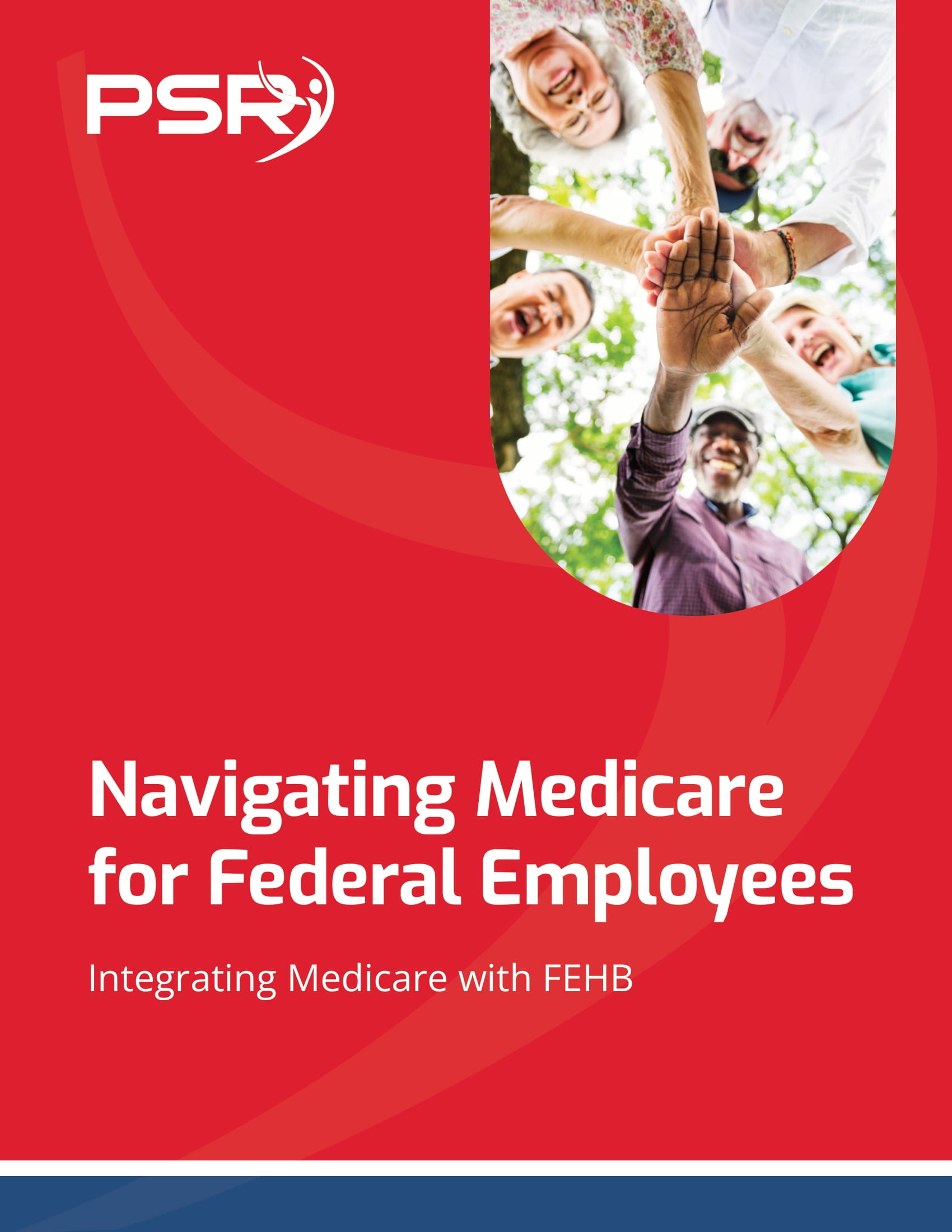 Title 5 of the U. S. Code, Chapter 89 governs the Federal Employees Health Benefits Program (FEHBP). The Office of Personnel Management (OPM) formerly, the Civil Service Commission, has statutory oversight for the Program including the authority to contract with qualified carriers.
Title 5 of the U. S. Code, Chapter 89 governs the Federal Employees Health Benefits Program (FEHBP). The Office of Personnel Management (OPM) formerly, the Civil Service Commission, has statutory oversight for the Program including the authority to contract with qualified carriers.
The Federal government is the largest employer in the United States making the FEHB Program the largest employer-sponsored health insurance
- Also Read: Dental Plans Under FEDVIP Are Offering Better Coverage Than Ever—Why Federal Employees Are Taking Notice
- Also Read: 5 Things You Need to Know About Survivor Benefits as a Federal Employee or Retiree
- Also Read: How FEGLI Premium Changes Are Forcing Federal Employees to Reevaluate Their Plans
Those individuals eligible to enroll in the FEHB Program include federal employees, the President of the United States, annuitants (retired employees having met all eligibility criteria) and eligible family members. However, active Members of Congress and certain of their congressional staff are not eligible for benefits under the FEHB Program as a condition of their employment. They may be eligible to enroll in FEHB in retirement but not during active employment. To be eligible for the FEHB Program in retirement one must be entitled to retire on an immediate annuity under a retirement system for civilian employees (also FERS + MRA) and continuous enrollment or coverage as a family member.
P. S. Always Remember to Share What You Know.
Dianna Tafazoli











